Prompt Engineering
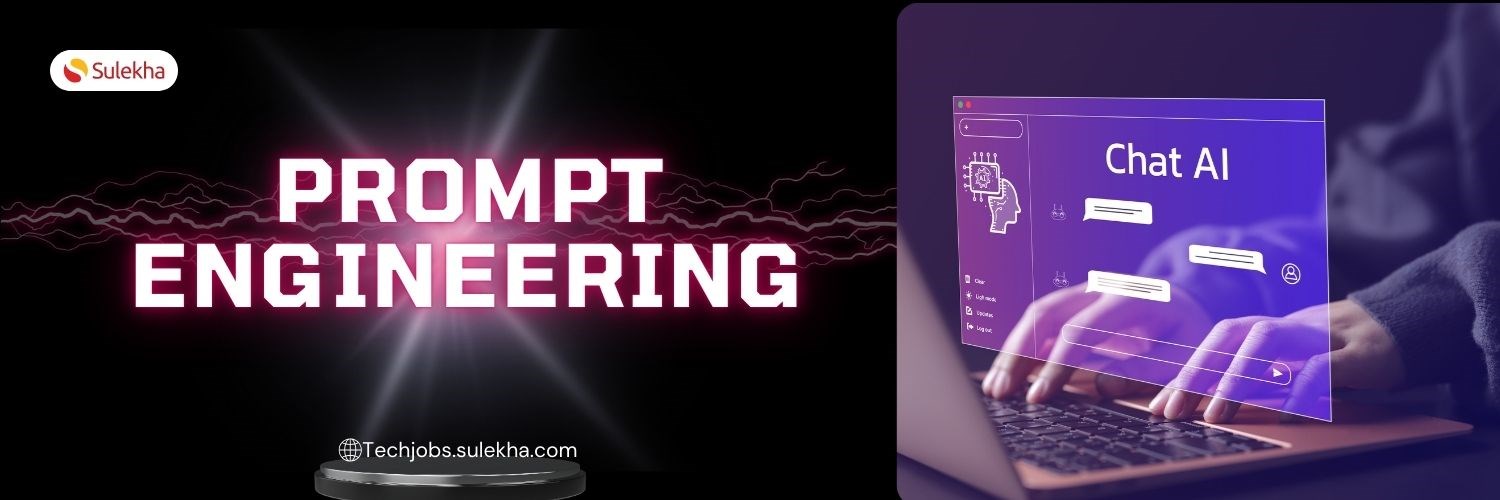
What Is Prompt Engineering?
Prompt Engineering is an advanced artificial intelligence technique. It involves prompting an instruction known as prompts to guide the model to give the desired output. The inputs are natural language texts that define the tasks the AI should perform, which can be text or an image. Prompt engineering imbibes logic, coding and modifiers. It refines large language models (LLM).
Types of prompts:
Fundamentally, there are two types of prompts; simple and complex.
Simple prompts: As the name suggests, simple prompts contain a single instruction or question given to the AI. They are used to ask information or to initiate a conversation. For example, what is the time in Dubai now?
Complex prompts: Complex prompts contain several instructions that help the AI engage in deeper and longer conversations. Usually, they have multiple instructions to get a detailed response.
Key elements of Prompt Engineering
Four fundamental elements make up a prompt.
1. The instruction: An instruction is a directive to the prompt the user gives. The instruction communicates to the AI model what it needs to do.
2. The context: The context is an addition to the instruction provided to the prompt. It helps the AI understand the broader scenario.
3. Input data: The input data is the specific information the user provides to the prompt for processing information.
4. Output indicator: The output indicator guides the model to get the desired information.
Methods of prompt engineering:
Prompt engineering models effectively communicate with large language models like GPT 3 and GPT 4. There are eight methods of prompt engineering. They are:
(1) Zero-Shot Learning: In zero-shot learning, we presume that the AI has no prior knowledge of the task and gives detailed instructions.
(2) One-Shot Learning: In one-shot learning, the user must provide instruction and a detailed example.
(3) Few-Shot Learning: In few-shot learning, the user provides 2-5 examples and instructions to obtain the necessary output.
(4) Chain-of-Thought Prompting: The chain-of-thought prompt is useful when the user needs a detailed step-by-step process. This type of prompt is useful for reasoning tasks that are complex in nature.
(5) Iterative Prompting: Iterative prompting is useful when the user gives prompts one after another after seeing the AI's response.
(6) Negative Prompting: The user clearly defines what he does not want in negative prompting. The negative prompting guides the AI to move away from irrelevant data and information to give as output.
(7) Hybrid Prompting: Hybrid prompting combines various prompting styles to achieve the desired output. The user provides a combination, which can be two or more types of prompting methods.
(8) Prompt Chaining: Prompt chaining is a natural language technique that prompts a large language model. In this model, a series of prompt commands(inputs) are given to the AI. This enables the AI to generate coherent, consistent and rich text.
(9) Directional Stimulus prompting: The user directs the AI with specific words to get the desired output in directional stimulus prompting.
(10) Least to most prompting: In the least-to-most technique, the AI model will solve a given task by listing the sub-problems in the command. Every subsequent step provided by the AI should solve the previous step. For example, if the question is” how to make palak paneer,” then the AI should mention everything from cleaning the palak to making palak paneer.
Applications of Prompt Engineering
Prompt engineering has diverse applications with a latent capability of transforming several industries. Some of the applications are:
Text transformation: Prompt engineering can transform the text by checking spelling and correcting grammatically correct sentences. Prompt engineering can paraphrase the text, translate the text in any language, change or adjust the writing style, change the tone or refine the text's tone and many more.
Text summarization: Prompt engineering is efficient in summarizing. If proper instructions are given, prompt engineering can concisely summarize the text.
Inferencing: Prompt engineering can draw conclusions from textbooks, deduce sentiments, determine topics and many more
Expansion of text: Prompt engineering can expand the text. It can elaborate on concepts, generate articles, write software code, compose emails etc.
Prototyping and design: Architects, product designers, and others can harness the power of prompt engineering to visualize their creative ideas using design parameters. By prompting the AI, designers, product architects etc., can generate 3D models or physical prototypes.
Generation of answers: Prompt engineering can generate answers to the questions with the Retrieval Augmented Generation (RAG) algorithm.
Text-to-SQL: Text-to-SQL helps large language models (LLM) convert plain text to SQL. Hence, the text-to-SQL helps make database access more user-friendly without specialized knowledge.
Code generation: The prompt engineering AI helps developers generate code snippets or code completion suggestions. The AI helps debug the software, too.
Data analysis: Prompt engineering helps in data analysis by generating Python code. The data analysis is backed by statistics and visualizations, which can be used for exploratory data analysis.
E-commerce transformation: E-commerce can leverage on AI-powered product recommendations to customers. When the users effectively instructing the prompt engineering models with browsing history, preferences etc. E-commerce platforms can enhance customer online shopping experiences.
Qualifications required to be a prompt engineer
Prompt engineering is a specialized field in Artificial intelligence and machine learning space. Any aspiring person should have computer science engineering degree with robust knowledge of artificial intelligence and machine learning algorithms. He/ she should have hands-on experience in working in Artificial intelligence.
Career opportunities for Prompt engineers
Prompt engineering is in demand due to its vast application in several industries. A prompt engineer may have opportunities as:
Content strategist: Digital marketing houses and publishing houses need efficient, prompt engineers to generate content like articles and for creative writing.
Customer experience specialist: Hospitals, e-commerce, banking, retail, and other customer-centric industries require prompt engineers to develop chat boxes, virtual assistance, etc.
Data scientist/ data analyst: Retail, life sciences, health care, finance, etc, need data scientists to extract and derive meaningful insights using prompt engineering techniques.
AI Product manager: Technology-based companies need product managers who can develop AI (Prompt engineering) based products.
Research scientist: A research scientist researches new models and thinks innovatively for the researchers and practitioners.
Conclusion
Prompt engineering is a blend of precision and creative work. There is a growing demand for prompt engineering. Prompt engineering points towards a more sophisticated technology that fuels innovation. Please enroll in our course in Prompt engineering if you aspire to be one of the most sorted prompt engineers in the industry.
Find a course provider to learn Artificial Intelligence Engineer
Java training | J2EE training | J2EE Jboss training | Apache JMeter trainingTake the next step towards your professional goals in Artificial Intelligence Engineer
Don't hesitate to talk with our course advisor right now
Receive a call
Contact NowMake a call
+1-732-338-7323Enroll for the next batch
Artificial Intelligence Engineer
- Dec 15 2025
- Online
Artificial Intelligence Engineer
- Dec 16 2025
- Online
Artificial Intelligence Engineer
- Dec 17 2025
- Online
Artificial Intelligence Engineer
- Dec 18 2025
- Online
Artificial Intelligence Engineer
- Dec 19 2025
- Online
Related blogs on Artificial Intelligence Engineer to learn more

Artificial Intelligence – A Growing Field of Study for Modern Learners
Artificial Intelligence is becoming a top study choice due to high job demand and future scope. This blog explains key subjects, career opportunities, and a simple AI study roadmap to help beginners start learning and build a strong career in the AI

Train Like an AI Engineer: The Smartest Career Move You’ll Make This Year!
Why AI Engineering Is the Hottest Skillset Right Now From self-driving cars to chatbots that sound eerily human, Artificial Intelligence is no longer science fiction — it’s the backbone of modern tech. And guess what? Companies across the USA and Can

Artificial Intelligence – Field of Study
Explore how Artificial Intelligence blends Machine Learning, Deep Learning, NLP, and Computer Vision to build intelligent systems that learn, reason, and decide. Discover real world applications, ethics, and booming career scope as AI education deman
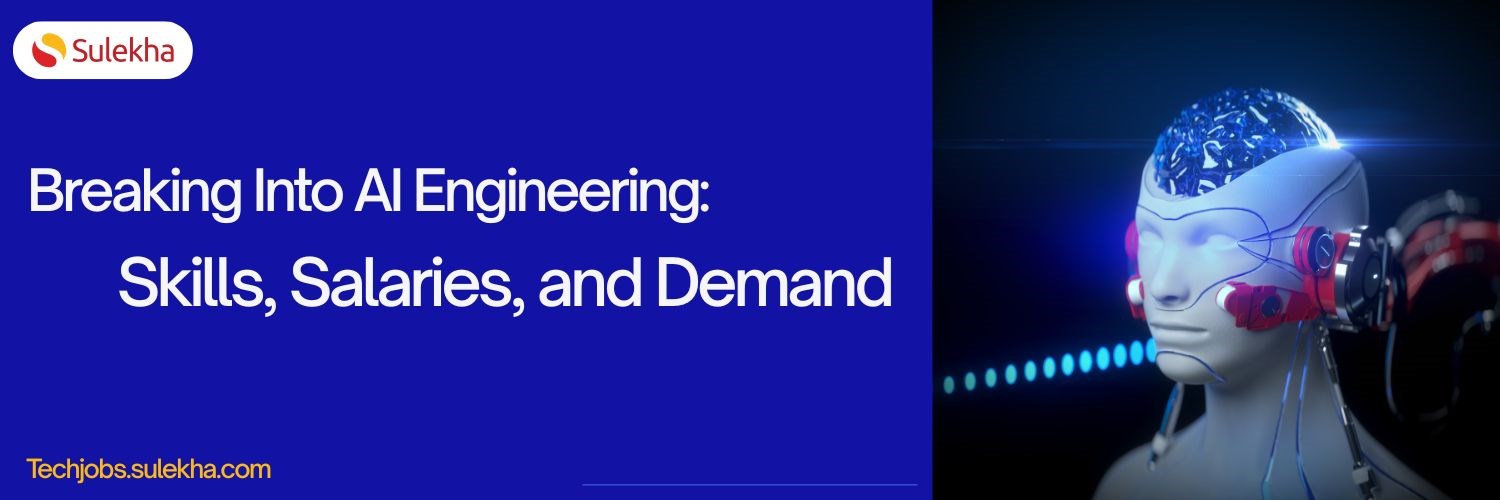
Breaking Into AI Engineering: Skills, Salaries, and Demand in the US
Discover how to break into AI engineering with insights on essential skills, salary expectations, and rising demand in the US. Learn about career paths, certifications, and how to succeed in one of tech’s fastest-growing fields.
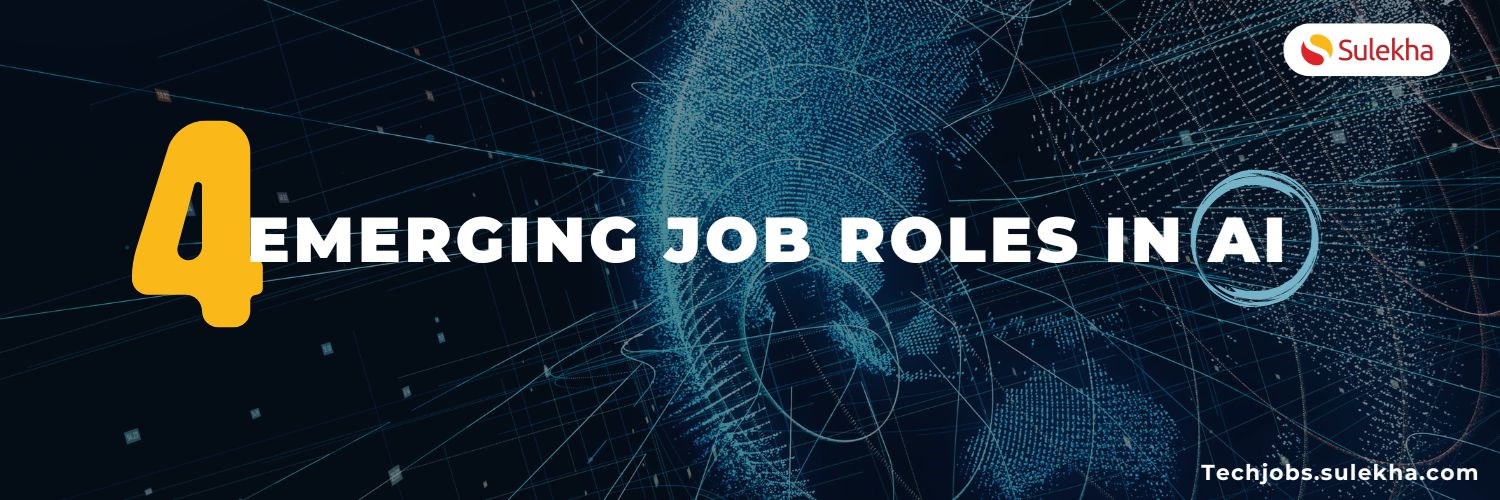
Top Four emerging job roles in AI
Explore four emerging AI job roles including AI ethicist, trainer, interaction designer, and safety engineer, each shaping the future of ethical and secure AI technology. Learn about their responsibilities and the essential skills required in this ev

5 AI Trends to Watch in 2024
Discover the top 5 AI trends that will shape the future in 2024, from advancements in natural language processing to the growing impact of AI on healthcare and beyond.

Artificial Intelligence and Machine Learning applications
Discover the vast applications of Artificial Intelligence (AI) and Machine Learning (ML) across various industries, from healthcare to finance, and learn how these technologies are transforming the way we live and work.

Top 18 Artificial Intelligence Applications in 2024
Explore the diverse applications of machine learning in various industries, including healthcare, finance, retail, and transportation.
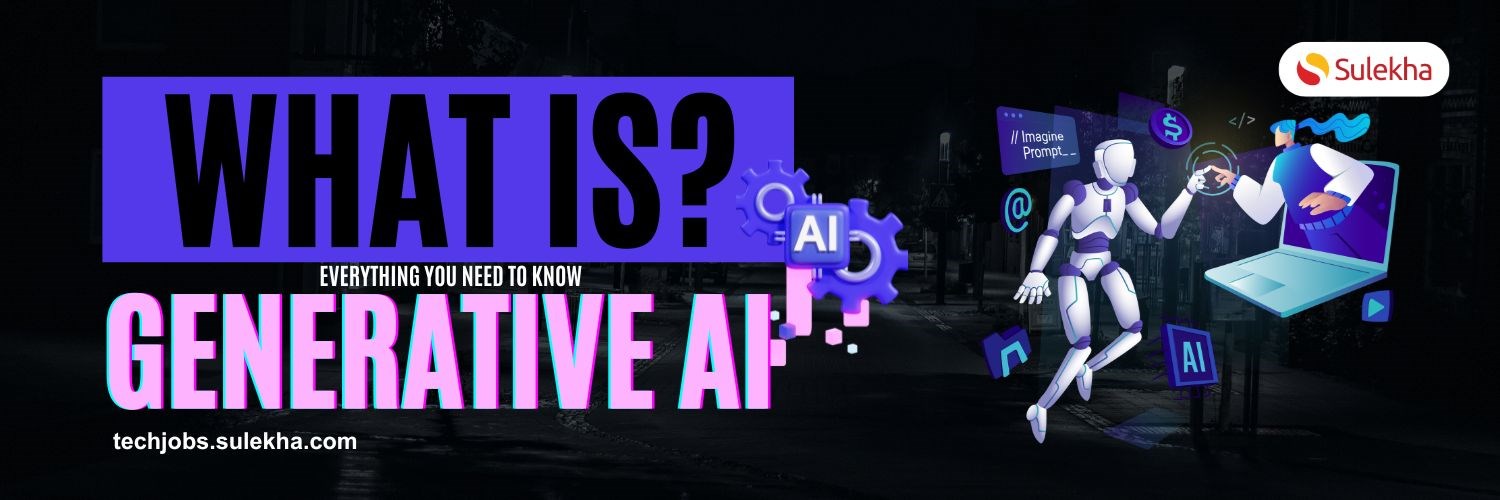
What is Generative AI? Everything You Need to Know
Generative AI is not just a career path; it's a gateway to a future where innovation and creativity intersect. This blog uncovers why generative AI is not just a career but a pathway to shaping the future of work.

Devin AI - Friend or Foe of Software Developers
In a groundbreaking leap for artificial intelligence, US-based startup Cognition has unveiled Devin AI - an autonomous AI system capable of conceptualizing, designing, and coding software from scratch. This remarkable feat ushers in a new era, blurri
Latest blogs on technology to explore

From Student to AI Pro: What Does Prompt Engineering Entail and How Do You Start?
Explore the growing field of prompt engineering, a vital skill for AI enthusiasts. Learn how to craft optimized prompts for tools like ChatGPT and Gemini, and discover the career opportunities and skills needed to succeed in this fast-evolving indust

How Security Classification Guides Strengthen Data Protection in Modern Cybersecurity
A Security Classification Guide (SCG) defines data protection standards, ensuring sensitive information is handled securely across all levels. By outlining confidentiality, access controls, and declassification procedures, SCGs strengthen cybersecuri

Artificial Intelligence – A Growing Field of Study for Modern Learners
Artificial Intelligence is becoming a top study choice due to high job demand and future scope. This blog explains key subjects, career opportunities, and a simple AI study roadmap to help beginners start learning and build a strong career in the AI

Java in 2026: Why This ‘Old’ Language Is Still Your Golden Ticket to a Tech Career (And Where to Learn It!
Think Java is old news? Think again! 90% of Fortune 500 companies (yes, including Google, Amazon, and Netflix) run on Java (Oracle, 2025). From Android apps to banking systems, Java is the backbone of tech—and Sulekha IT Services is your fast track t
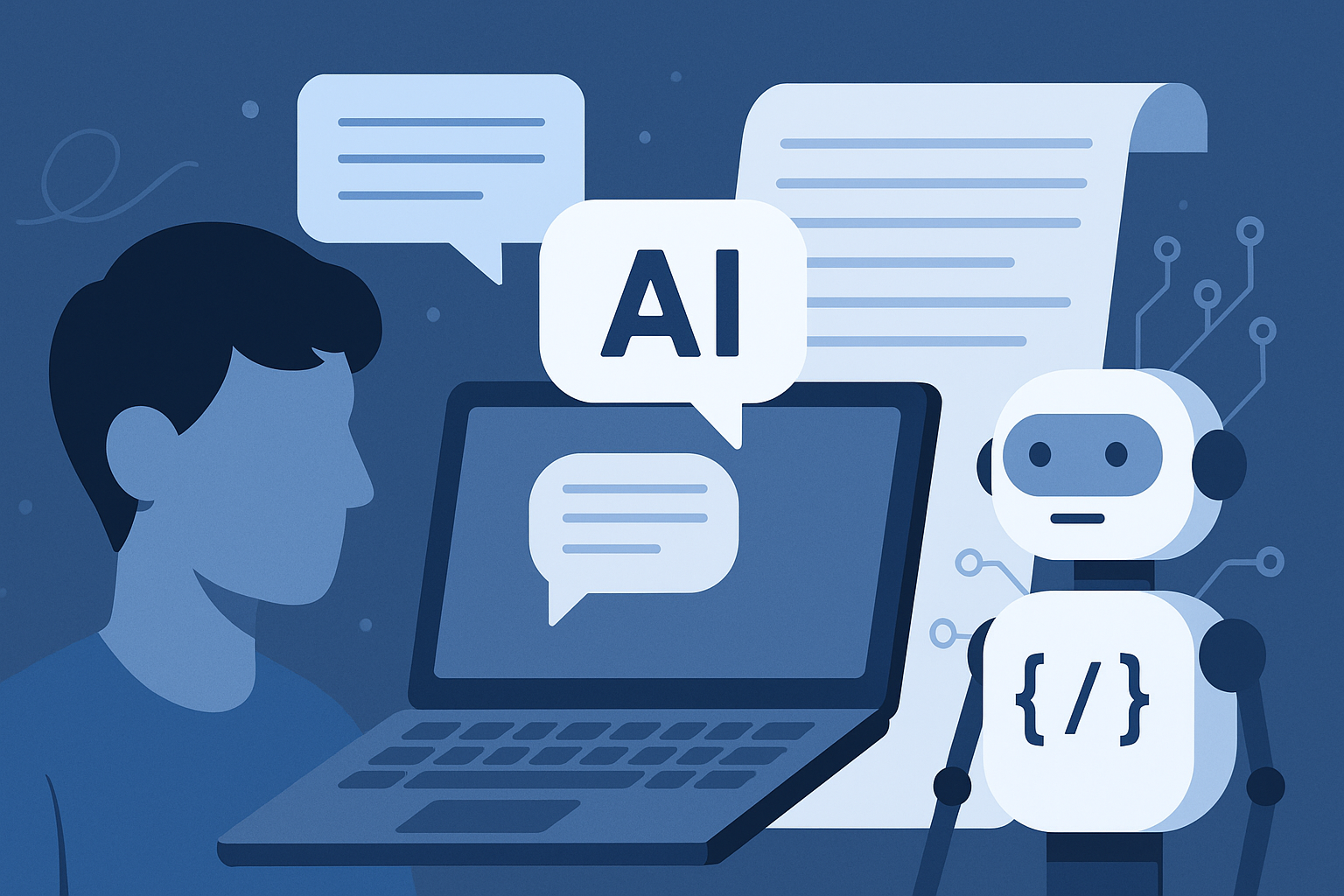
From Student to AI Pro: What Does Prompt Engineering Entail and How Do You Start?
Learn what prompt engineering is, why it matters, and how students and professionals can start mastering AI tools like ChatGPT, Gemini, and Copilot.

Cyber Security in 2025: The Golden Ticket to a Future-Proof Career
Cyber security jobs are growing 35% faster than any other tech field (U.S. Bureau of Labor Statistics, 2024)—and the average salary is $100,000+ per year! In a world where data breaches cost businesses $4.45 million on average (IBM, 2024), cyber secu

SAP SD in 2025: Your Ticket to a High-Flying IT Career
In the fast-paced world of IT and enterprise software, SAP SD (Sales and Distribution) is the secret sauce that keeps businesses running smoothly. Whether it’s managing customer orders, pricing, shipping, or billing, SAP SD is the backbone of sales o

SAP FICO in 2025: Salary, Jobs & How to Get Certified
AP FICO professionals earn $90,000–$130,000/year in the USA and Canada—and demand is skyrocketing! If you’re eyeing a future-proof IT career, SAP FICO (Financial Accounting & Controlling) is your golden ticket. But where do you start? Sulekha IT Serv

Train Like an AI Engineer: The Smartest Career Move You’ll Make This Year!
Why AI Engineering Is the Hottest Skillset Right Now From self-driving cars to chatbots that sound eerily human, Artificial Intelligence is no longer science fiction — it’s the backbone of modern tech. And guess what? Companies across the USA and Can
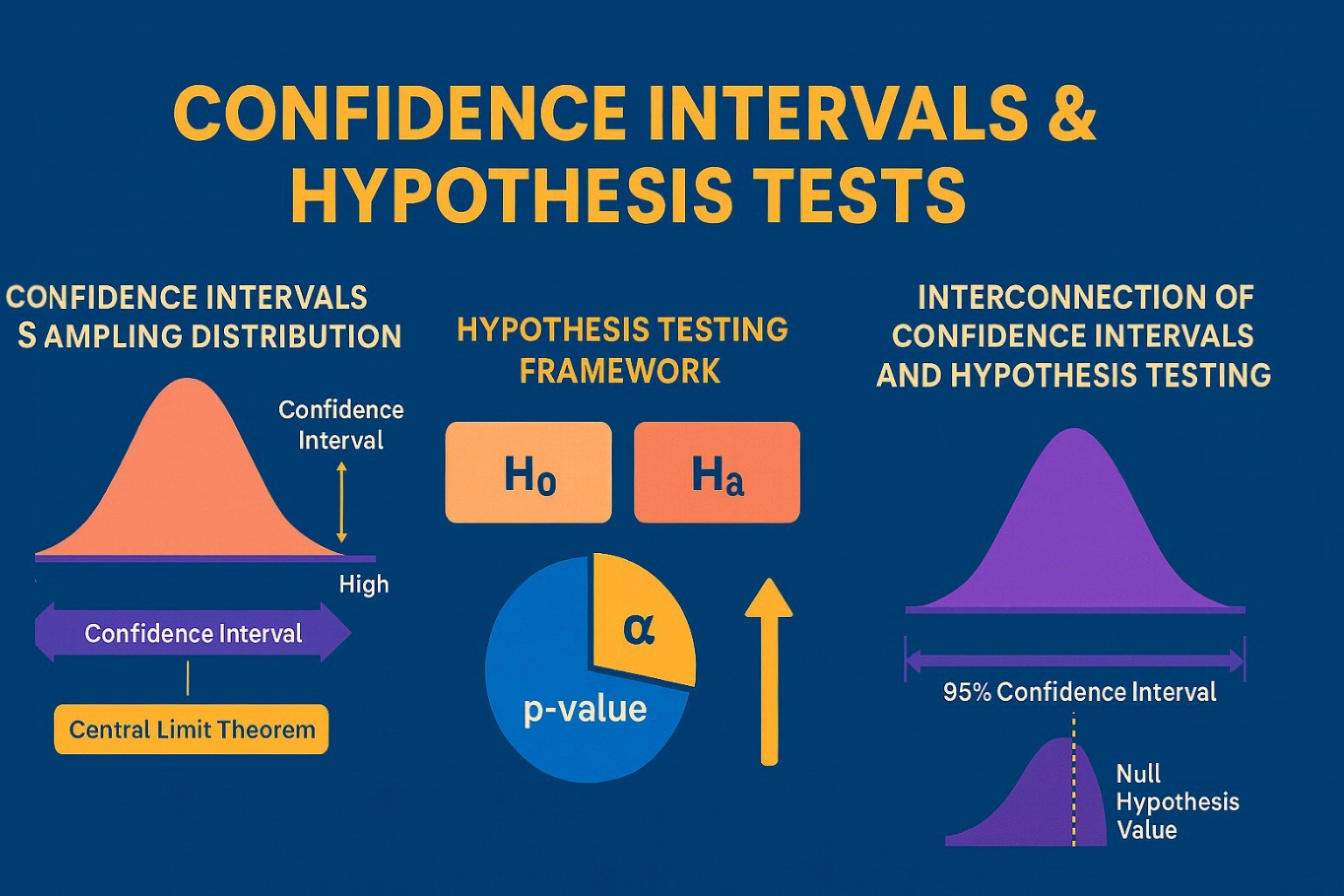
Confidence Intervals & Hypothesis Tests: The Data Science Path to Generalization
Learn how confidence intervals and hypothesis tests turn sample data into reliable population insights in data science. Understand CLT, p-values, and significance to generalize results, quantify uncertainty, and make evidence-based decisions.